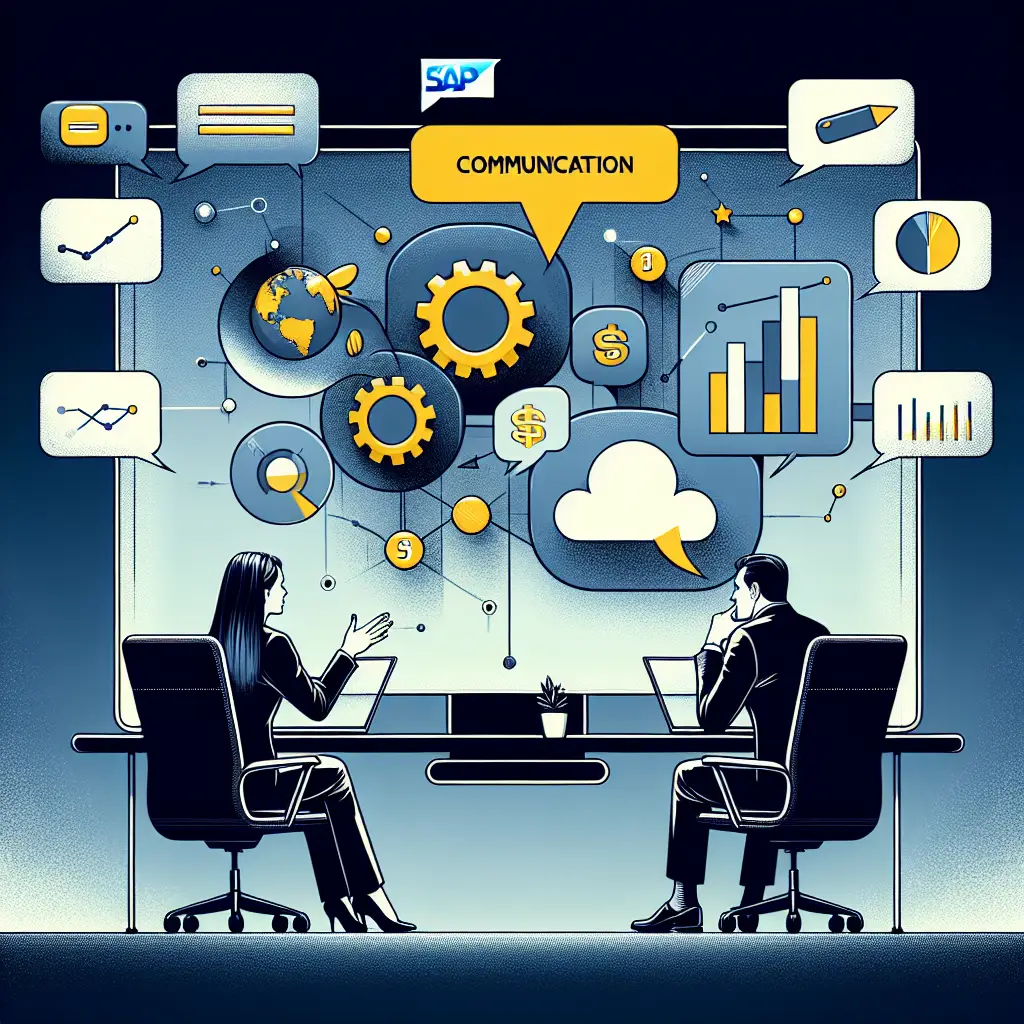Enhancing Client Communication: Effective Strategies for SAP Results
In the modern construction landscape, energy efficiency is more than just a trend—it’s a necessity. Understanding and effectively communicating SAP (Standard Assessment Procedure) results are critical for construction stakeholders, from developers to individual builders, navigating part L compliance of building regulations in the UK. Companies like Ratio Seven, renowned for their proficiency in energy and building consultancy services, empower clients by delivering tailored insights and detailed SAP analyses. This article explores strategies to optimally communicate SAP results, ensuring clients grasp their building’s energy efficiency implications and requisite compliance actions.
Understanding SAP Calculations
SAP calculations are integral to UK building standards, aiming to evaluate and enhance the energy efficiency of new buildings. Complying with building regulations, particularly Part L (Conservation of Fuel and Power), Part F (Ventilation), and Part G (Sanitation, Hot Water Safety and Water Efficiency), requires precise SAP assessments. These pivotally inform the Energy Performance Certificate (EPC) process, denoting a building’s energy efficiency and sustainability. By securing a higher EPC rating, property owners can attest to reduced energy usage and resultant cost savings.
Clear Explanation of Results
Effective communication begins with clarity. When presenting SAP results, several elements require comprehensive elaboration:
- Energy Efficiency Rating: Describe what the EPC rating signifies, elaborating how it reflects on prospective energy consumption and expenditure.
- Carbon Emissions: Explain the building’s carbon footprint in comparison to permissible thresholds, emphasizing environmental impacts and sustainability goals.
- Cost Implications: Discuss the financial outcomes of recommended energy efficiency adaptations, highlighting potential savings and additional expenses.
- Compliance with Regulations: Clarify how the SAP results interact with current building regulations. Outline necessary modifications for clients whose buildings are not in compliance.
Utilising Visual Aids and Comprehensive Reports
Visual aids play a vital role in simplifying complex data. Leveraging graphs and charts can enhance comprehension of SAP results. Ratio Seven’s decade-long expertise ensures detailed reports that methodically include critical data, insightful analysis, and actionable recommendations. This graphic approach enhances clients’ understanding, making it easier to grasp technical SAP outcomes.

Tailored Advice for Specific Needs
Providing bespoke advice aligns with the unique aspirations and constraints of each client. Whether addressing a self-builder’s budgetary concerns or a developer’s project timeline, Ratio Seven’s seasoned consultancy delivers strategic guidance. Their industry knowledge of construction can translate into pragmatic advice on incorporating sustainable building practices that effectively balance cost and compliance requirements.
Addressing Client Concerns Proactively
In-depth understanding often spurs inquiries and concerns from clients. Whether questions pertain to the impact on build costs or seek clarity on the benefits of superior energy efficiency ratings, preparing nuanced, informative responses is crucial. Clients sceptical about SAP-mandated measures can be assuaged by explaining potential long-term financial and environmental benefits, enhancing their engagement with sustainability.
Ongoing Support and Consultation
Successful SAP communication extends beyond the initial report delivery. At Ratio Seven, support is ongoing, guiding clients from the design inception to the build completion. This comprehensive approach ensures adherence to building standards, aligning project objectives with regulatory compliance while observing timelines and budgets. Continuous support reassures clients, bolstering their confidence throughout the construction journey.
Multiple Channels for Communication
Ensuring accessibility is vital for effective communication. By offering various contact methods, including phone, email, and a physical office, Ratio Seven enhances client engagement. This multi-channel approach empowers clients to seek clarifications or further guidance with ease, fostering a more collaborative and trusting consultancy relationship.
FAQs
What is the importance of SAP calculations for my building project?
SAP calculations are pivotal for assessing the energy efficiency of new builds, ensuring compliance with UK building regulations like Part L. They are essential for obtaining the Energy Performance Certificate (EPC), which impacts not only regulatory approval but also potential utility cost savings and environmental benefits. Engaging in SAP calculations early in your project can lead to more efficient design decisions and compliance assurance.
How can I understand the SAP results provided by Ratio Seven?
Ratio Seven offers detailed reports and visual aids like graphs and charts to help clients understand their SAP results. Our clear explanations cover the building’s energy efficiency rating, carbon emissions, cost implications, and compliance status. By breaking down complex data into digestible insights, Ratio Seven ensures your understanding aligns with the practical goals and requirements of your project.
Does Ratio Seven offer support beyond the initial SAP report?
Yes, our commitment extends throughout your project’s lifecycle. Ratio Seven provides ongoing support, guiding you from design to build completion. This means responding to your inquiries, ensuring compliance with building regulations, and adjusting to project needs as they arise. Our extensive experience allows us to help you meet your energy efficiency goals while adhering to budgetary and scheduling constraints.
By mastering these communication strategies, you can effectively convey SAP results to clients, enhancing their understanding of energy efficiency and compliance measures. With Ratio Seven’s expertise, each step towards sustainable building practices becomes more accessible and feasible, promising a future where energy efficiency and regulatory compliance coalesce seamlessly.




